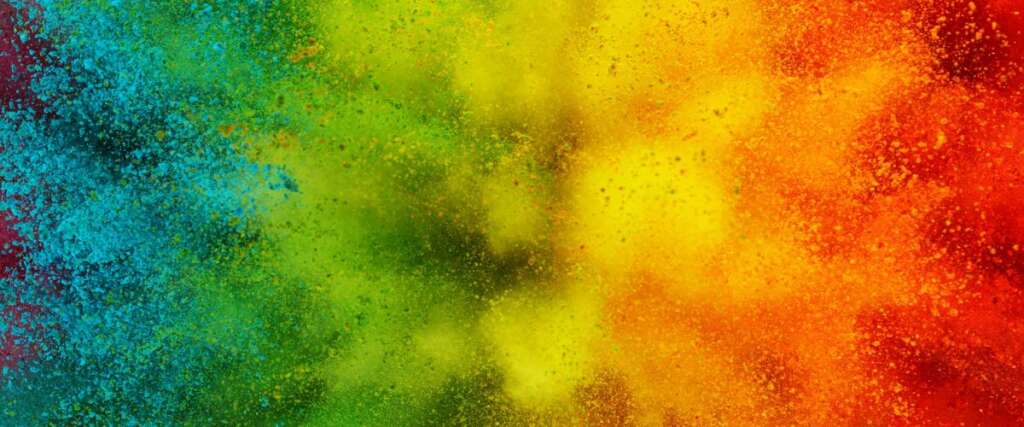A Comprehensive Guide to the Outlaw Archetype and How to Harness Its Power to Build a Disruptive, Unconventional Brand
Introduction
In the realm of branding, archetypes play a vital role in shaping a brand’s identity and connecting with customers on an emotional level. The Outlaw brand archetype, also known as the Rebel or Maverick, represents brands that challenge conventions, disrupt the status quo, and embody the spirit of rebellion. In this article, we’ll explore the characteristics, strengths, and examples of the Outlaw brand archetype, along with strategies for leveraging this archetype to create a disruptive and unconventional brand.
I. Defining the Outlaw Brand Archetype
The Outlaw brand archetype represents brands that defy norms, challenge traditional systems, and advocate for change. These brands often position themselves as anti-establishment, appealing to customers who share their rebellious spirit and desire for freedom from conformity.
II. Characteristics of Outlaw Brands
- Rule-breaking: Outlaw brands are unafraid to challenge conventions and break the rules in pursuit of their goals.
- Disruptive: They often introduce innovative products or services that disrupt established industries or markets.
- Authentic: Outlaw brands embrace their rebellious identity, staying true to their values and beliefs.
- Fearless: These brands are bold and fearless in their approach, willing to take risks and challenge the status quo.
III. Strengths of the Outlaw Archetype
- Differentiation: The Outlaw archetype allows brands to stand out in crowded markets by offering a distinct, unconventional alternative.
- Emotional appeal: Outlaw brands can connect with customers who share their rebellious spirit, fostering a sense of loyalty and belonging.
- Innovation: The rule-breaking nature of Outlaw brands often leads to groundbreaking innovations and industry disruptions.
- Authenticity: By embracing their unconventional identity, Outlaw brands can cultivate a strong sense of authenticity and brand integrity.
IV. Examples of Outlaw Brands
- Harley-Davidson: With its rebellious spirit and emphasis on individual freedom, Harley-Davidson embodies the Outlaw archetype in the motorcycle industry.
- Apple: Apple’s famous “Think Different” campaign and history of challenging industry norms make it a prime example of an Outlaw brand in the tech sector.
- Virgin: Richard Branson’s Virgin Group, with its bold approach and diverse range of businesses, exemplifies the Outlaw archetype’s disruptive and rule-breaking spirit.
V. How to Leverage the Outlaw Archetype for Your Brand
- Embrace your rebellious side: Clearly articulate your brand’s anti-establishment values and beliefs, and demonstrate how your products or services challenge the status quo.
- Showcase your innovations: Highlight the groundbreaking aspects of your products or services that disrupt established norms and offer customers a fresh, unconventional alternative.
- Stay authentic: Maintain a consistent and authentic brand voice and identity that reflects your Outlaw spirit, ensuring that your messaging and actions align with your core values.
- Connect with like-minded customers: Target your marketing efforts towards customers who share your rebellious spirit and desire for change, building a loyal community around your brand.
VI. Potential Pitfalls of the Outlaw Archetype
Adopting the Outlaw archetype can come with certain challenges and risks that should be considered when shaping your brand identity:
- Controversy: The rule-breaking nature of Outlaw brands may sometimes lead to controversy, which could alienate some customers or attract negative attention.
- Balancing disruption and practicality: While being disruptive can be a strength, it’s essential to ensure that your products or services still address real customer needs and offer tangible benefits.
- Maintaining authenticity: As your brand grows and evolves, it’s crucial to maintain your Outlaw identity and authenticity to avoid alienating loyal customers or diluting your brand image.
VII. Evaluating If the Outlaw Archetype Is Right for Your Brand
Before committing to the Outlaw archetype, consider the following questions to determine if it’s the right fit for your brand:
- Does your brand offer a product or service that challenges established norms or disrupts traditional markets?
- Are your brand values and beliefs aligned with anti-establishment or rebellious ideals?
- Can your brand authentically embody the characteristics of the Outlaw archetype without risking negative repercussions?
- Will adopting the Outlaw archetype differentiate your brand from competitors in a meaningful and relevant way?
If your answers to these questions are affirmative, the Outlaw archetype may be a fitting choice for your brand, enabling you to create a disruptive and unconventional brand identity that captivates your target audience and drives long-term success.
Conclusion
The Outlaw brand archetype can be an effective tool for businesses seeking to disrupt the status quo, connect with a rebellious audience, and differentiate themselves in a competitive landscape. By embracing the characteristics and strengths of the Outlaw archetype and incorporating them into your branding and marketing efforts, you can create a powerful brand identity that resonates with customers and drives lasting success. Remember to stay true to your anti-establishment values, showcase your innovative offerings, and cultivate a loyal community of like-minded customers to make the most of the Outlaw archetype’s potential. With the Outlaw spirit at the heart of your brand, you’ll be well-positioned to challenge conventions, drive innovation, and carve your own unique path in the marketplace.




